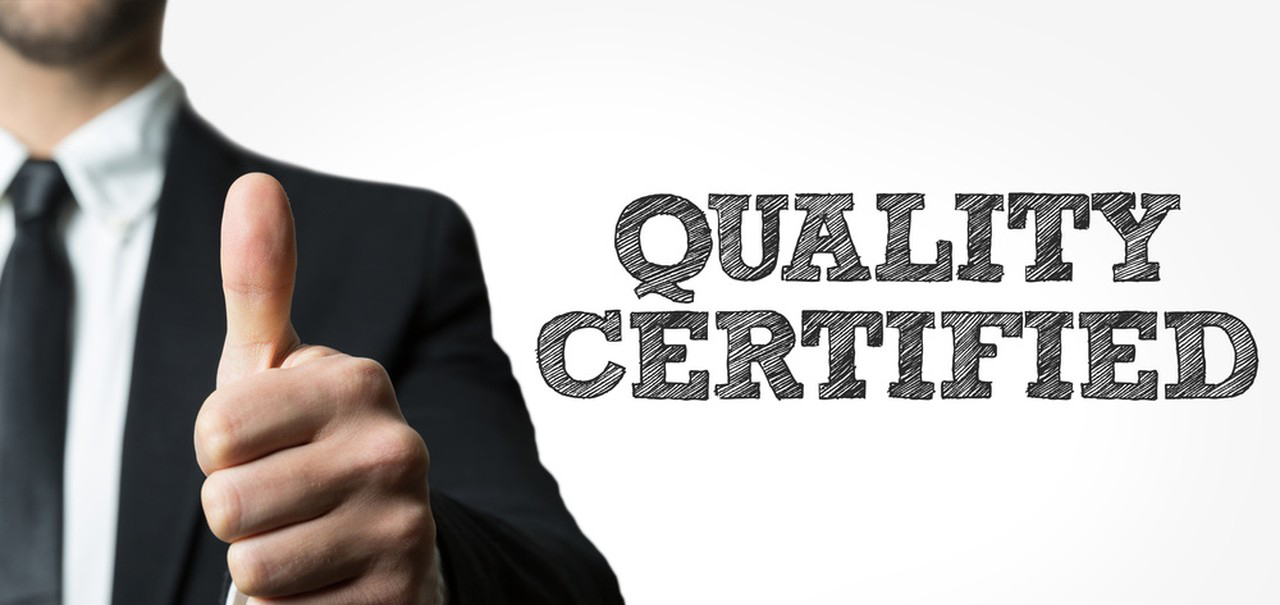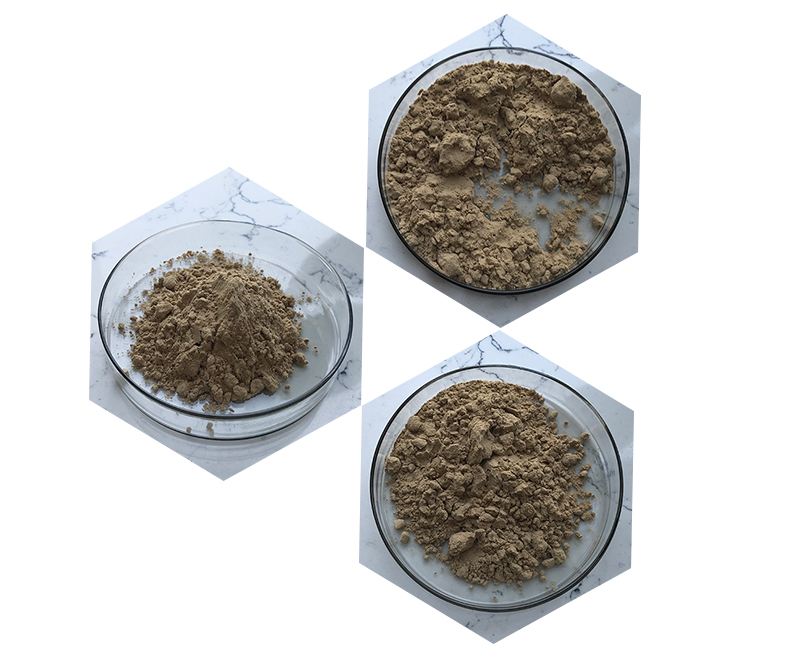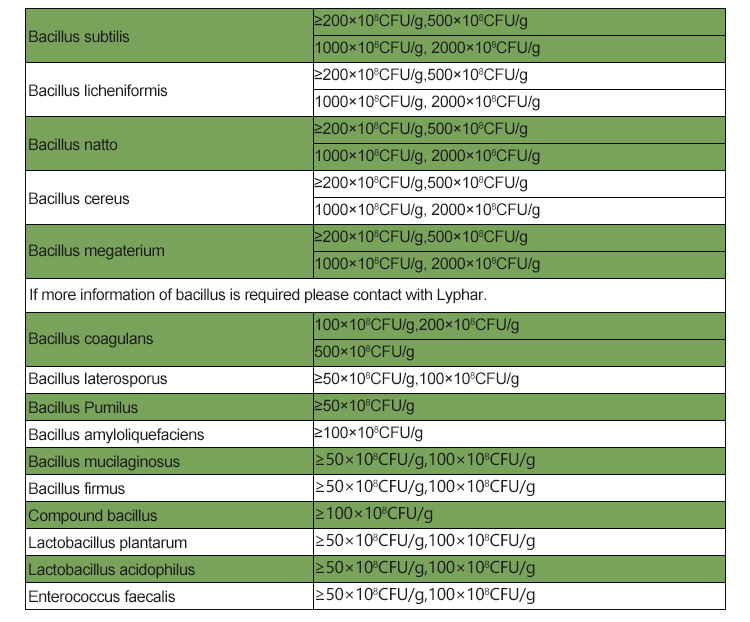Bacillus Thuringiensis (BT) is a bacterium widely used in agriculture as a biopesticide to control various insect pests. It is known for producing crystal proteins called delta-endotoxins or Bt toxins, which are toxic to certain groups of insects, primarily those belonging to the order Lepidoptera (moths and butterflies), Diptera (flies and mosquitoes), and Coleoptera (beetles). The production and quality of Bacillus Thuringiensis can vary depending on several factors:

Strain selection: Different strains of Bacillus Thuringiensis may have varying levels of insecticidal activity and can target specific groups of insect pests. Selecting a suitable strain with high toxicity to the target pests is essential.
Fermentation process: Bacillus Thuringiensis is produced through a fermentation process, where the bacterium is grown in large bioreactors under controlled conditions. The fermentation process must be optimized for maximum growth and toxin production.
Nutrient medium: The choice of nutrient medium can influence Bacillus Thuringiensis growth and toxin production. A well-balanced nutrient medium is necessary to support bacterial growth and maximize the production of Bacillus Thuringiensis toxins.
Harvesting and extraction: After fermentation, the Bacillus Thuringiensis bacteria are harvested and the Bacillus Thuringiensis toxins are extracted. The efficiency and precision of this extraction process can impact the final product’s quality.
Formulation: The extracted Bacillus Thuringiensis toxins are typically formulated into various commercial products such as liquid concentrates, dust, granules, or sprays. The formulation process should ensure stability, even distribution of the toxins, and ease of application.
Quality control: Strict quality control measures are crucial to ensure the efficacy and safety of Bacillus Thuringiensis-based products. This involves testing for the presence and potency of the Bacillus Thuringiensis toxins, as well as ensuring the absence of contaminants or other harmful substances.
Storage and handling: Proper storage and handling of Bacillus Thuringiensis products are essential to maintain their effectiveness. Exposure to high temperatures or sunlight can degrade the toxins and reduce their insecticidal activity.

It’s important to note that the production and quality of Bacillus Thuringiensis can vary among different manufacturers and products. Therefore, it is essential to follow the instructions and guidelines provided by the product manufacturer for optimal results and safety when using Bacillus Thuringiensis-based biopesticides. Additionally, the use of any pesticide, including Bacillus Thuringiensis products, should be done in accordance with local regulations and integrated pest management practices to minimize the risk of resistance development and environmental impact.
Use and dosage of Bacillus Thuringiensis
Bacillus Thuringiensis (BT) is a naturally occurring bacterium that produces a protein toxic to certain insect pests. It has been widely used as an effective and environmentally friendly biopesticide in agriculture, forestry, and mosquito control. The specific use and dosage of Bacillus Thuringiensis can vary depending on the target pest and the product formulation. Here are some common applications:
Agriculture: Bacillus Thuringiensis products are commonly used to control certain insect pests in agricultural crops. They are available in various formulations such as dust, liquid sprays, and granules. The dosage and application method may vary based on the crop and target pest. Always follow the instructions on the product label provided by the manufacturer. Typically, the product needs to be applied when the pests are in their vulnerable stage, such as larvae.
Forestry: In forestry, Bacillus Thuringiensis is often used to control defoliating insects like gypsy moths and forest tent caterpillars. The application is usually done through aerial spraying or ground-based equipment. The dosage will depend on the severity of the infestation and the size of the area being treated.

Mosquito Control: Bacillus thuringiensis israelensis (Bti) is a specific subspecies of Bacillus Thuringiensis that is commonly used to control mosquito larvae in stagnant water sources. It is applied in the form of granules or briquettes, and the dosage will depend on the size of the breeding site. Bti is highly specific to mosquito larvae and does not harm other non-target organisms.
Dosage instructions should be strictly adhered to as excessive use can have unintended consequences on non-target organisms and the environment. It is essential to carefully read and follow the product label, which includes information on the recommended dosage, timing of application, safety precautions, and any re-entry intervals for people or animals to enter treated areas.
Additionally, it’s worth mentioning that Bacillus Thuringiensis is generally considered safe for humans, animals, and beneficial insects. However, like any pesticide, it should be used responsibly, and the potential impact on the ecosystem should always be considered. If you are unsure about the proper use and dosage of Bacillus Thuringiensis for your specific needs, it is best to consult with local agricultural extension offices or pest control experts who can provide tailored advice based on your circumstances.
